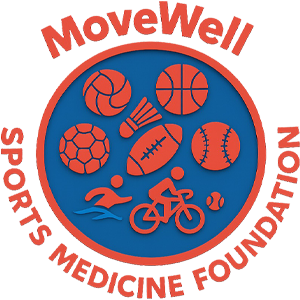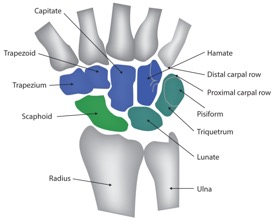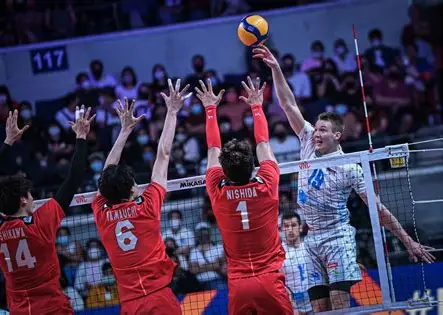In the high-stakes world of competitive sports, athlete safety has emerged as a critical concern for medical professionals, coaches, and sports organizations worldwide. As training intensities increase and competitive seasons lengthen, the incidence of both acute and chronic injuries continues to rise. This essay examines evidence-based strategies for athlete protection, encompassing systemic organizational measures, individual self-care practices, and cutting-edge technological solutions that collectively form a comprehensive approach to injury prevention.
Systemic Protection Framework
I. Systemic Protection Measures (Institutional/Team Level)
Scientific Training Systems
Implement periodized training to avoid overtraining
Optimize techniques using biomechanical analysis (e.g., ensuring knee flexion ≥30° during basketball jumps)
Mandate recovery cycles: 1 week of active rest after every 8-12 weeks of training
Equipment Innovation
Ankle sensors in football (alerts when inversion exceeds 25°)
GPS trackers to monitor sprint distances (<250m/session)
Smart wearables:
Custom orthotics: 3D-printed insoles to correct overpronation (reduces stress fractures by 28%)
Medical Support
Functional Movement Screen (FMS)
Cardiac ultrasound and bone density tests
Pre-season screening:
Injury risk tiers: "Traffic light" system (e.g., adjust training if hemoglobin <13g/dL)
II. Athlete Self-Protection Strategies (Individual Level)
Neuromuscular Training
2x/week preventive exercises:
✓ Single-leg balance on BOSU balls
✓ Eccentric strengthening (e.g., Nordic hamstring curls)
✓ Dynamic stability drills (landing with knees aligned over toes)Sports Nutrition
Key supplements:
Goal Protocol Evidence Tendon health 10g collagen peptides + 500mg vitamin C daily Level IA Bone strength 600mg calcium + 2000IU vitamin D3 daily Level IA Fatigue Monitoring
Resting heart rate (>10% increase = risk)
Heart Rate Variability (HRV)
Daily metrics:
Subjective scales: Rate of Perceived Exertion (RPE >7 requires intensity adjustment)
III. Sport-Specific Protection
Contact Sports (Football/Basketball)
Proper falling techniques (tuck-and-roll reduces impact by 30%)
Dynamic warm-up:
• Lateral shuffles (activates gluteus medius)
• High-knee runs (raises core temperature)Repetitive Motion Sports (Tennis/Swimming)
Technique adjustments:
✓ Tennis serves: Early hip rotation (23% less lumbar load)
✓ Freestyle swimming: Shoulder roll >45° (reduces impingement)Post-training activation: 5 minutes of antagonist muscle work (e.g., thoracic extensions for throwers)
IV. Early Injury Recognition & First Aid
Red Flags
Joint swelling >24 hours
Night pain (potential stress fracture)
Movement asymmetry (e.g., >5° pelvic tilt while running)
Acute Injury Protocol (Upgraded RICE)
Protection
Optimal Loading
Ice
Compression
Elevation
POLICE:
V. Psychological Protection & Recovery
Post-Injury Mental Rebuilding
VR exposure therapy for kinesiophobia (fear of movement)
Phased goals (e.g., achieving 0-90° knee ROM by Week 4 post-op)
Sleep Optimization
Elite athlete requirements:
✓ ≥1.5 hours deep sleep/night (tracked via WHOOP)
✓ No blue light 90 minutes before bed
VI. Cutting-Edge Technology
Preventive Biomarkers
Salivary cortisol (>25nmol/L indicates overtraining)
Urinary NTx (predicts stress fracture risk)
AI Assistance
Real-time motion capture alerts:
"Knee valgus risk! Current angle: 12° (Safe threshold: 8°)"
Case Study
18-year-old female football player achieved 3 injury-free seasons by:
FIFA 11+ warmups 3x/week
Beta-alanine supplementation during fatigue phases
GPS-monitored sprint control (<250m/session)
Expert Insight
*"Injury prevention = 70% science + 20% gear + 10% luck, but 100% dependent on execution."*
— International Federation of Sports Medicine (FIMS) 2024 Whitepaper
Key Takeaway: A multi-layered approach (training, tech, and vigilance) can reduce sports injuries by 40-65%. Success hinges on a "Prevent-Monitor-Adjust" feedback loop.
Ultimately, protecting athletes extends beyond injury prevention—it safeguards their careers, wellbeing, and the integrity of sport itself. Through collaborative efforts among researchers, clinicians, coaches, and athletes, we can create safer sporting environments while preserving the essence of athletic competition.




